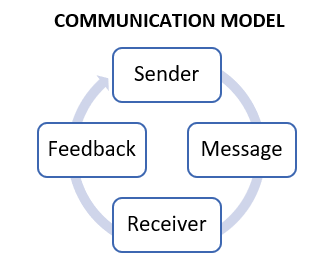
Communicate Clearly—and Often
George Bernard Shaw said it best in his quotation about communication: “The biggest problem in communication is the illusion that it has taken place.”
The numbers are sobering:
- 86% of senior executives, managers and junior staff at U.S. companies who report experiencing communication breakdowns that lead to reduced productivity, missed deadlines, and sales deals that don’t close, according to research from The Economist Intelligence Unit.
- 63% of U.S. employees in 2019 who have wanted to quit their jobs because ineffective communication has gotten in the way of doing their work, almost double from 2018 (33 percent), according to a Dynamic Signal study.
So, what can organization and individual leaders do to address these significant gaps?
Communicate clearly and often to reduce the opportunities for frustration, disengagement, and performance challenges.
As we continue to adjust to our new work environments, employees are looking to their leaders for clarity even more than usual. Although leaders do not have all of the answers and are dealing with their own questions, establishing a regular cadence for communicating priorities and expectations and providing feedback is important. And, because most of our communication will be done virtually, by phone and email, taking the time to be deliberately clear is critical.
Establish (or re-establish) a regular meeting cadence with your team and each individual
- Continue staff and one-on-one meetings.
- Send meeting agendas, keeping the scope tight and relevant.
- Establish expectations for participation.
- Include time to recognize team members’ well-being
- Ask your team for feedback on the cadence – what’s working? What could be better?
Make yourself available to your team
- Let your team know the best ways to communicate with you during this time.
 Reinforce and “apply” organizational communication and policies to increase understanding and compliance.
Reinforce and “apply” organizational communication and policies to increase understanding and compliance.
- Appropriately share how you are feeling about and managing the situation.
Be aware of assumptions: They will throw you off track every time!
- Be specific about your expectations: “As soon as possible” may mean tomorrow to you, and next week to your team member.
- Keep the basic communication model in mind: As information is exchanged between the sender and receiver, there may be a disconnect between what is intended and what is understood—particularly when you are using a different medium than usual (e.g., email vs. face-to-face).
By not underestimating the power and impact of simple, clear and consistent communication, leaders and organizations will see the payback both immediately and over time. Regardless of the economic picture, market landscape or political environment, effective communication is a foundational component of a healthy and thriving organization.
